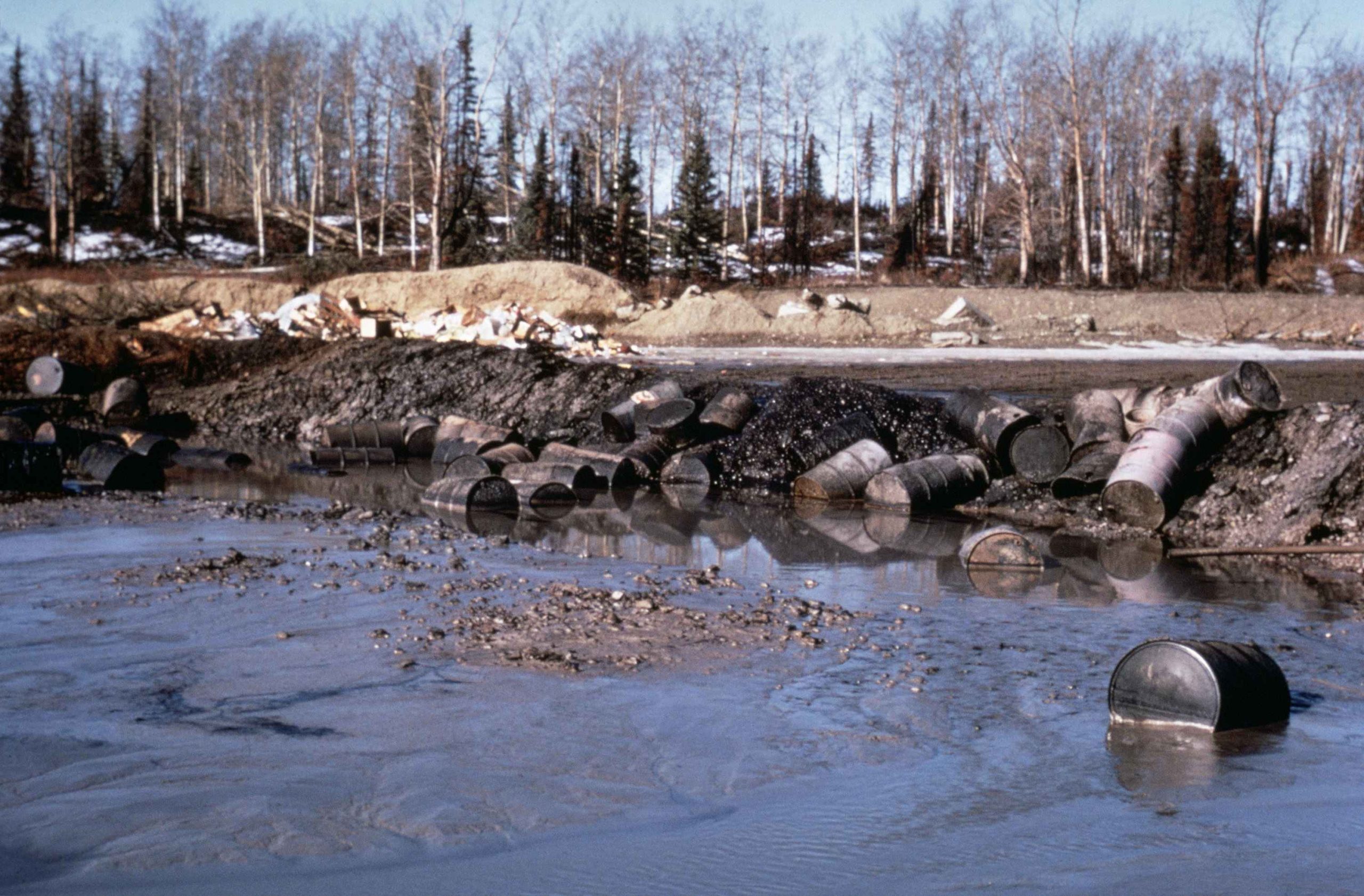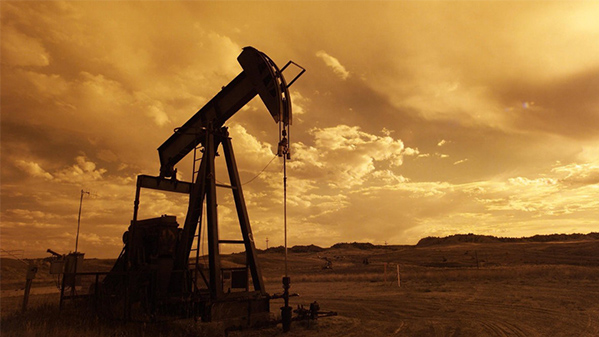Oil sludge, a byproduct of the petroleum industry, has long posed significant environmental and economic challenges. Composed of a mixture of oil, water, and solid contaminants, oil sludge accumulates during the drilling, refining, and transportation of oil. Traditional methods of disposal, such as landfilling or incineration, are not only environmentally harmful but also economically inefficient. However, in recent years, a promising solution has emerged: oil sludge pyrolysis plant.
Oil sludge pyrolysis involves subjecting oil sludge to high temperatures in the absence of oxygen, resulting in the decomposition of organic compounds into valuable products such as oil, gas, and char. This process not only offers a sustainable means of waste management but also presents opportunities for resource recovery and energy generation. In this comprehensive guide, we will delve into the intricacies of oil sludge pyrolysis, exploring its mechanisms, applications, benefits, and challenges.

Understanding the Process of Oil Sludge Pyrolysis:
At its core, oil sludge pyrolysis is a thermochemical conversion process that relies on heat to break down complex hydrocarbons present in oil sludge. The process typically occurs in a reactor chamber, where oil sludge is heated to temperatures ranging from 300°C to 800°C in the absence of oxygen, a condition known as anaerobic or oxygen-free environment. This prevents combustion and ensures that the organic materials undergo thermal decomposition rather than oxidation.
During pyrolysis, oil sludge undergoes several distinct stages:
Drying: The initial phase involves removing moisture from the oil sludge, as water content can interfere with the thermal desorption unit for drill cuttings and reduce efficiency.
Degradation: As temperatures rise, organic compounds in the oil sludge break down into simpler molecules through thermal decomposition.
Vaporization: The generated heat causes volatile components to vaporize, forming gases such as methane, ethane, propane, and hydrogen.
Condensation: As the vapor cools, it condenses into liquid fractions, including pyrolysis oil or bio-oil, which can be further refined for various applications.
Solid Residue Formation: The remaining solid residue, known as char or carbonaceous material, contains carbon-rich compounds and inert materials that can be utilized as a source of carbon or for applications such as soil amendment or carbon sequestration.

Key Applications and Benefits of Oil Sludge Pyrolysis:
The versatility of oil sludge pyrolysis lends itself to a wide range of applications across industries. Some of the key applications and benefits include:
Resource Recovery: Pyrolysis of oil sludge enables the recovery of valuable hydrocarbons in the form of pyrolysis oil, which can be used as a fuel source or feedstock for the production of chemicals and other petroleum-derived products.
Energy Generation: The syngas produced during pyrolysis, consisting of hydrogen, methane, and other combustible gases, can be utilized for power generation through combustion or further processing into renewable fuels.
Environmental Remediation: By converting oil sludge into useful products, pyrolysis mitigates the environmental impact of traditional disposal methods, such as landfilling or incineration, reducing soil and water contamination while minimizing greenhouse gas emissions.
Economic Value: Oil sludge pyrolysis presents an opportunity for revenue generation through the sale of recovered products, energy generation, and potential carbon credits or incentives for sustainable waste management practices.
Waste Reduction: By diverting oil sludge from landfills and incinerators, pyrolysis contributes to waste reduction efforts, conserving valuable landfill space and reducing the need for virgin resources.
Challenges and Considerations in Oil Sludge Pyrolysis:
While oil sludge pyrolysis holds significant promise, it is not without its challenges and considerations. Some of the key factors to consider include:
Process Optimization: Achieving optimal pyrolysis conditions, including temperature, residence time, and heating rate, is essential for maximizing product yields and quality.
Feedstock Variability: The composition of oil sludge can vary widely depending on factors such as source, processing methods, and environmental contaminants, necessitating tailored pyrolysis approaches and treatment strategies.
Product Quality and Stability: The quality and stability of pyrolysis products, particularly pyrolysis oil, can be influenced by factors such as feedstock composition, process conditions, and post-treatment methods, requiring careful characterization and refining to meet industry standards.
Environmental Impact: While pyrolysis offers environmental benefits compared to traditional disposal methods, the process itself may emit pollutants such as volatile organic compounds (VOCs), particulate matter, and greenhouse gases, highlighting the importance of emissions control and monitoring.
Economic Viability: The economics of oil sludge pyrolysis depend on factors such as feedstock availability and quality, market demand for products, investment costs, and regulatory considerations, necessitating thorough feasibility studies and cost-benefit analyses.
Conclusion:
Oil sludge pyrolysis represents a transformative approach to waste management and resource recovery in the petroleum industry. By harnessing the power of thermochemical conversion, this innovative technology offers a sustainable solution to the environmental and economic challenges posed by oil sludge accumulation. From resource recovery and energy generation to environmental remediation and waste reduction, waste tire pyrolysis plant holds immense potential for creating value from waste while advancing towards a more sustainable future. As research and development efforts continue to advance, it is essential to address the challenges and considerations associated with pyrolysis to unlock its full potential and realize its benefits on a larger scale. Through collaboration between industry stakeholders, policymakers, and research institutions, we can harness the power of oil sludge pyrolysis to turn waste into opportunity and pave the way towards a cleaner, greener, and more resilient energy future.